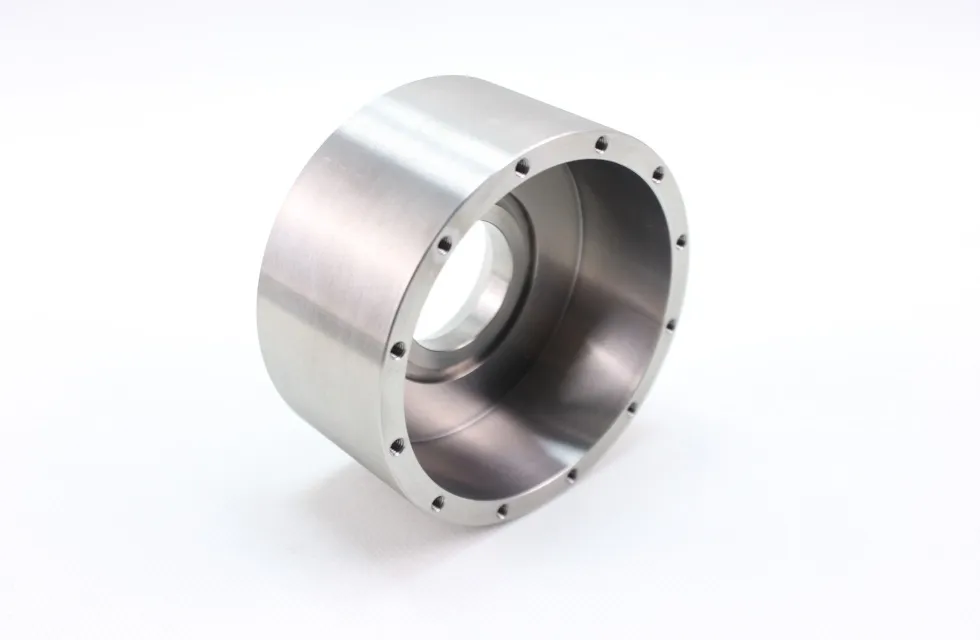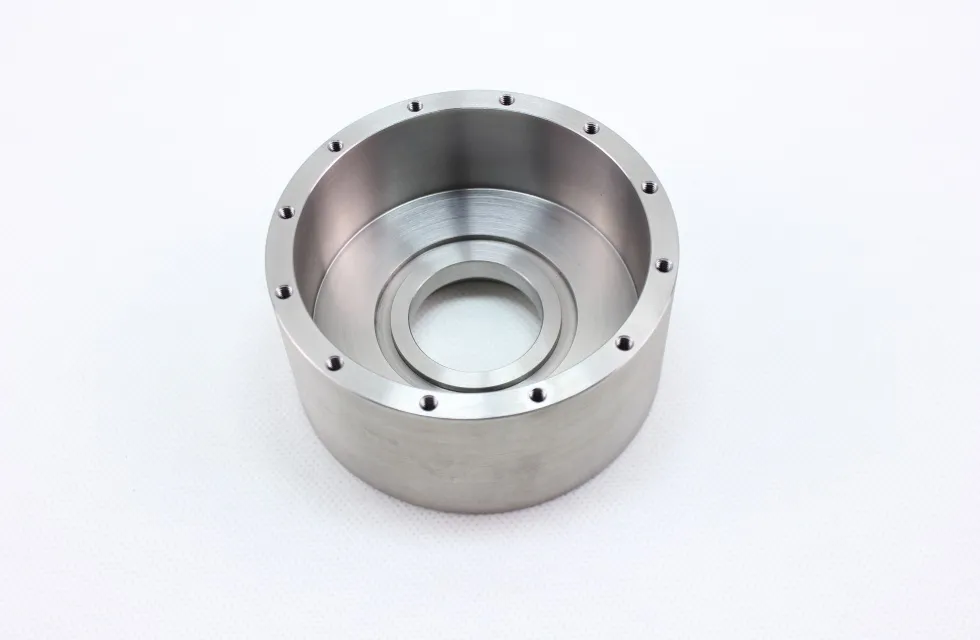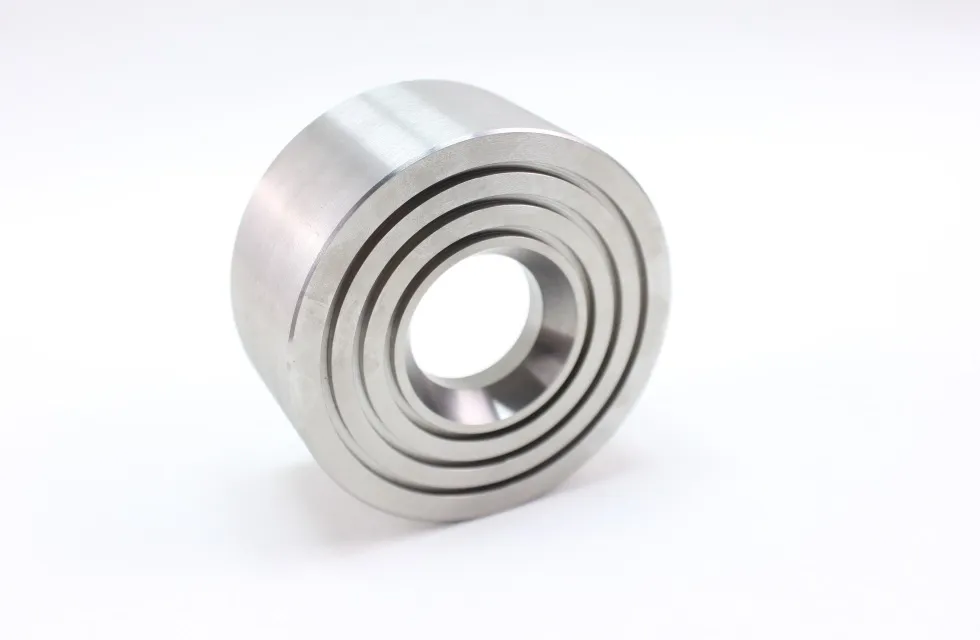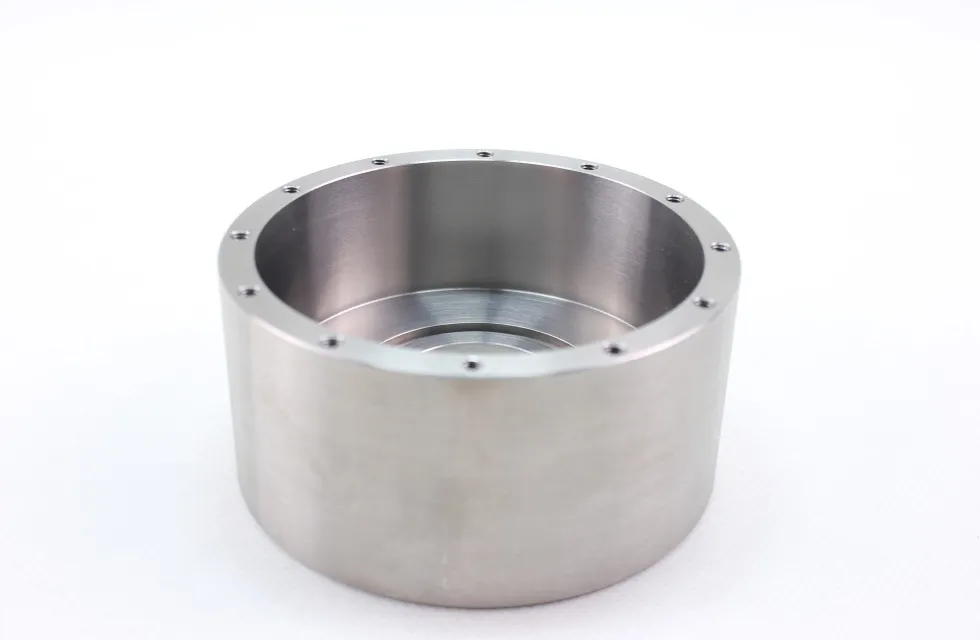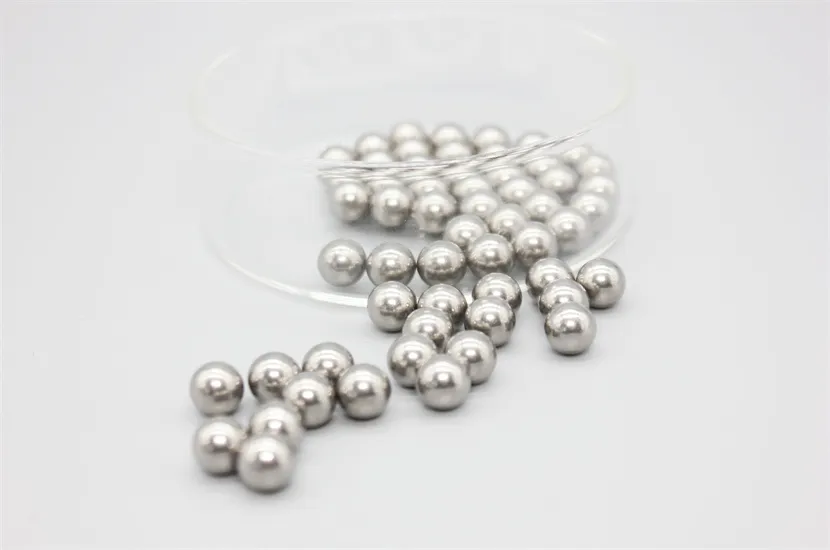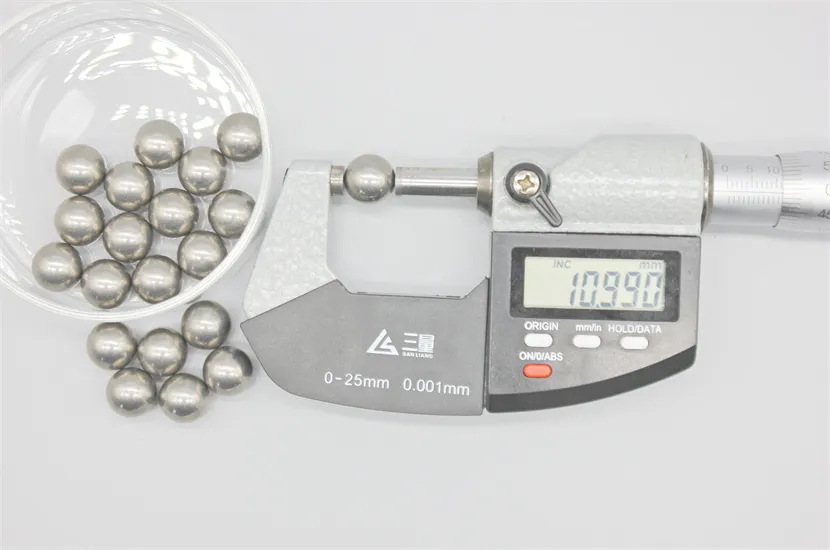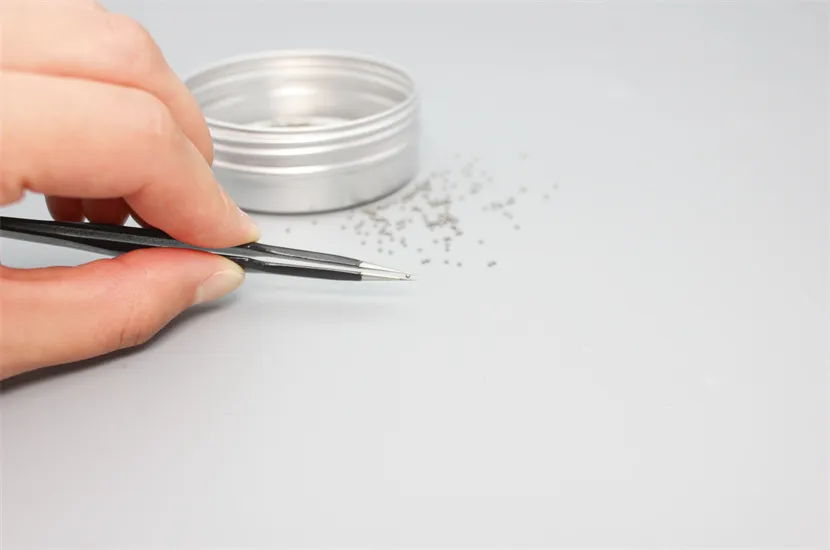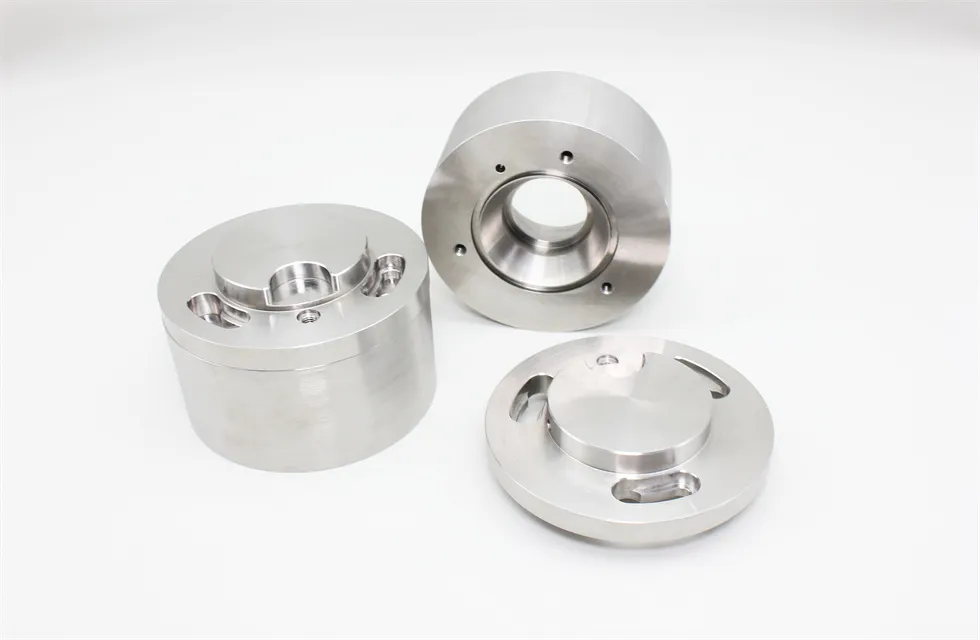97% Tungsten heavy alloy for printing equipment-– High-Density Precision Components
| Payment Type: | T/T |
| Incoterm: | FOB,CIF,EXW,FCA,Express Delivery |
| Min. Order: |
2 Piece/Pieces |
| Transportation: | Ocean,Air,Express |
Attributes
Model No.: JDTG-CM-050
Brand: ZZJD
Place Of Origin: China
Material: Tungsten
Density: 18.50±0.15g/cm³
Color: Natural
Size: Support customization
PACKAGING & DELIVERY
Selling Units :Piece/Pieces
Package Type : Standard export packing
DESCRIPTION
Tungsten Heavy Alloy for Printing Equipment – High-Density Precision Components
Why Tungsten in Printing Equipment?
Tungsten heavy alloys (WNiFe, WNiCu) are ideal for high-speed, high-precision printing machinery due to their:
Exceptional Density (17-19 g/cm³) – Provides vibration damping for sharper prints.
Wear Resistance – Outlasts steel in abrasive environments (e.g., inkjet nozzles).
Thermal Stability – Low thermal expansion maintains tolerances under heat.
Corrosion Resistance – Withstands solvents, inks, and cleaning agents.
Key Applications in Printing
Component Alloy Type Benefits
Print Cylinder Balancers WNiFe (95% W) Eliminates wobble in rotary presses
Inkjet Nozzle Plates WCu (90% W) Resists clogging, extends service life
Vibration Dampers WNiFe (97% W) Reduces blur in high-speed digital printers
Doctor Blades WNiCr 3X longer lifespan vs. steel blades
Gravure Rolls WCo Maintains sharp grooves for precise ink transfer
Technical Advantages Over Steel/Aluminum
50% heavier than steel – Improves momentum control in moving parts.
Hardness (280-320 HV) – Resists scratching from pigments/abrasives.
Non-magnetic – Critical for MRI-safe printing facilities.
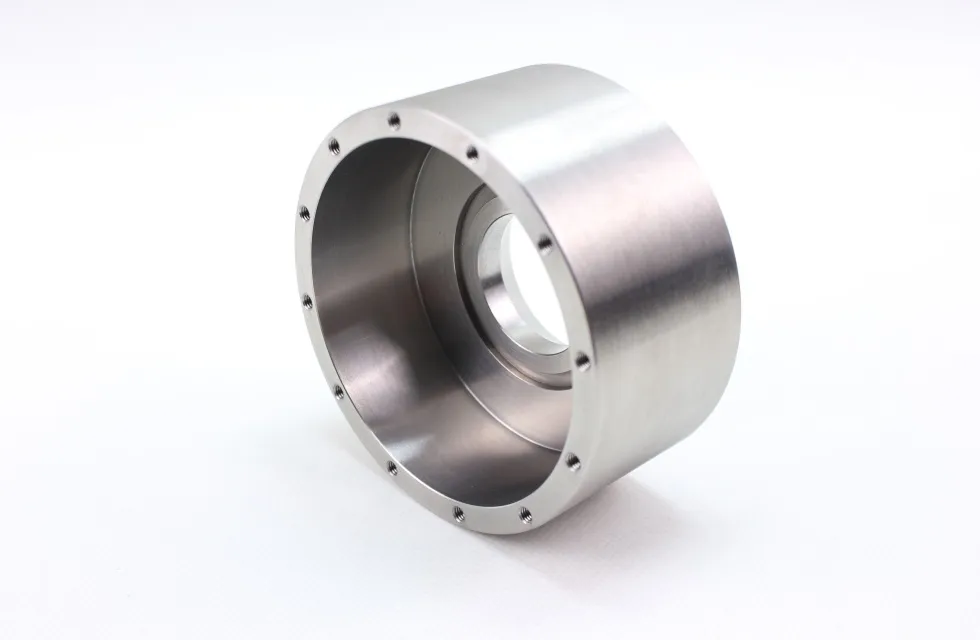
#PrintingTechnology #TungstenComponents #PrecisionPrinting #IndustrialAlloys
Performance Comparison
Property Tungsten Alloy Stainless Steel Aluminum
Density (g/cm³) 17-19 7.9 2.7
Wear Rate 0.02 mm³/Nm 0.15 mm³/Nm 0.3 mm³/Nm
Thermal Expansion 4.5 µm/m°C 17 µm/m°C 23 µm/m°C
Customization Options
Precision Machining: ±0.005mm tolerance for rollers/blades.
Coatings: PTFE, DLC, or ceramic for enhanced ink release.
Form Factors: Rods, plates, or CNC-finished parts.
Industry Use Cases
Packaging Printing: Tungsten doctor blades for consistent ink application.
3D Printing: Dense build plates to reduce vibration artifacts.
Banknote Presses: Tamper-proof tungsten components for security.

 EN
EN AR
AR FR
FR DE
DE HI
HI IT
IT JA
JA KO
KO PT
PT RU
RU ES
ES ID
ID LV
LV VI
VI HU
HU MS
MS GA
GA BE
BE YI
YI EU
EU